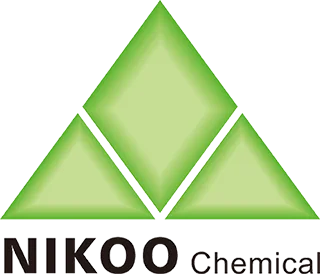Natural Wax vs. Synthetic Wax: The Battle for the Core Ingredient in Scented Candles
The quality of scented candles is determined from the very beginning by the choice of wax. Currently, the mainstream wax types on the market are divided into natural waxes (soy wax, beeswax, coconut wax) and synthetic waxes (paraffin wax), which differ significantly in terms of environmental friendliness, burning performance, and fragrance
Natural waxes have the advantages of ‘sustainability’ and ‘clean burning’: Soy wax burns smoke-free and odourless, with a biodegradability rate of 98%, making it ideal for environmentally conscious markets in Europe and the Americas; beeswax naturally emits a pleasant aroma, burns at a stable temperature, and effectively releases essential oil actives, offering a 30% higher premium than paraffin wax. While synthetic wax is cost-effective, it may release harmful substances during combustion and is increasingly being phased out by premium brands.
We adhere to a 100% natural wax base, with an optimal ratio of soy wax to beeswax (7:3) that ensures long burn time (at least 40 hours per candle) while enhancing fragrance diffusion efficiency. All waxes are certified by the EU ECOCERT, and we can provide raw material traceability reports.

Phone: +86 20 36028881
Fax: +86 20 36550567
Email:rebecca@nikoochem.com
WhatsApp: +86 13822397763
Add: No 1718, Airport Rd., Yuncheng St., Baiyun Dist., Guangzhou City, Guangdong, China 510000
